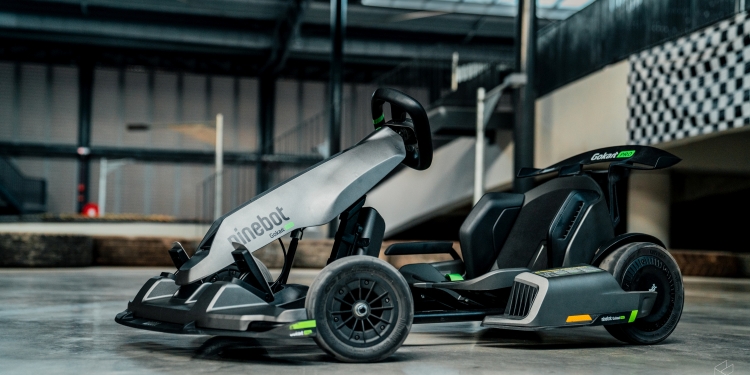In the last episode, you saw me unbox the Ninebot Gokart Pro. Today, things are going to get a little more fun because today we’re going to drift the Ninebot. And if we’re talking about drifting gokarts, there’s really only one place to go.
This is the brand new Blastacars track in Gamuda Cove. If you’ve ever tried drift karting in Malaysia, you would have probably heard of Blastacars before.
And this is their newest and most epic track yet. You see, this is the only drift kart track in the world to feature a bridge and a tunnel. What this means is that you get a pretty steep uphill climb section, as well as an epic downhill hairpin just before the finish.
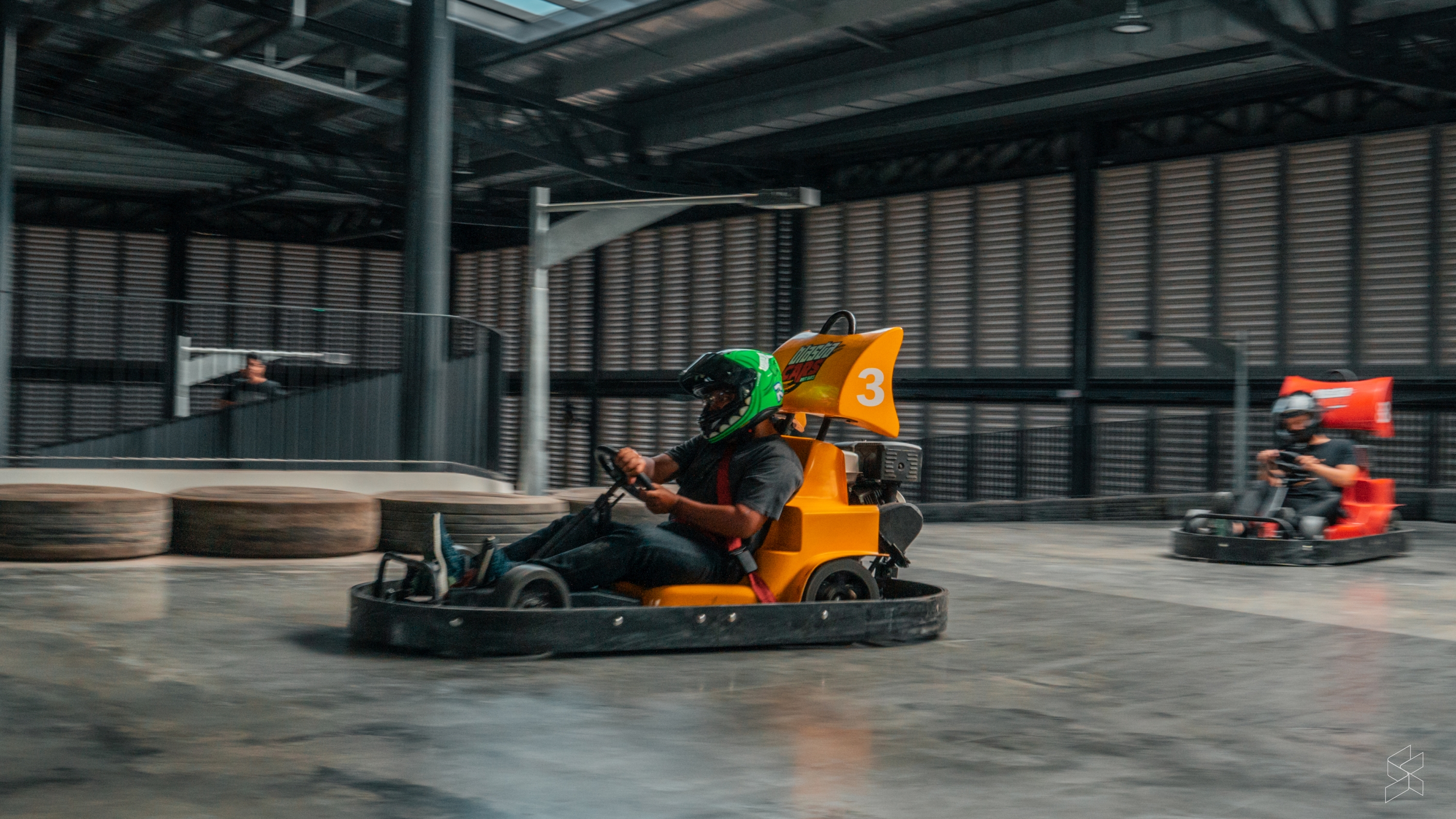
The point is, this will be quite the challenging track for the little Gokart. Before we get started though, here are some of the key specs. The Ninebot Gokart Pro is powered by two electric motors that can send up to 4,800W of power to the rear wheels.
Well, I say rear wheels, but I really mean the Hoverboard Max unit in the back that the kart sits on. Its 0-100km/h time…doesn’t exist because the kart tops out at 37km/h. But, thanks to a juicy 96nm of torque, it accelerates at 1.02G which is nuts. It feels like your head is about to rip off when you floor the go faster pedal.
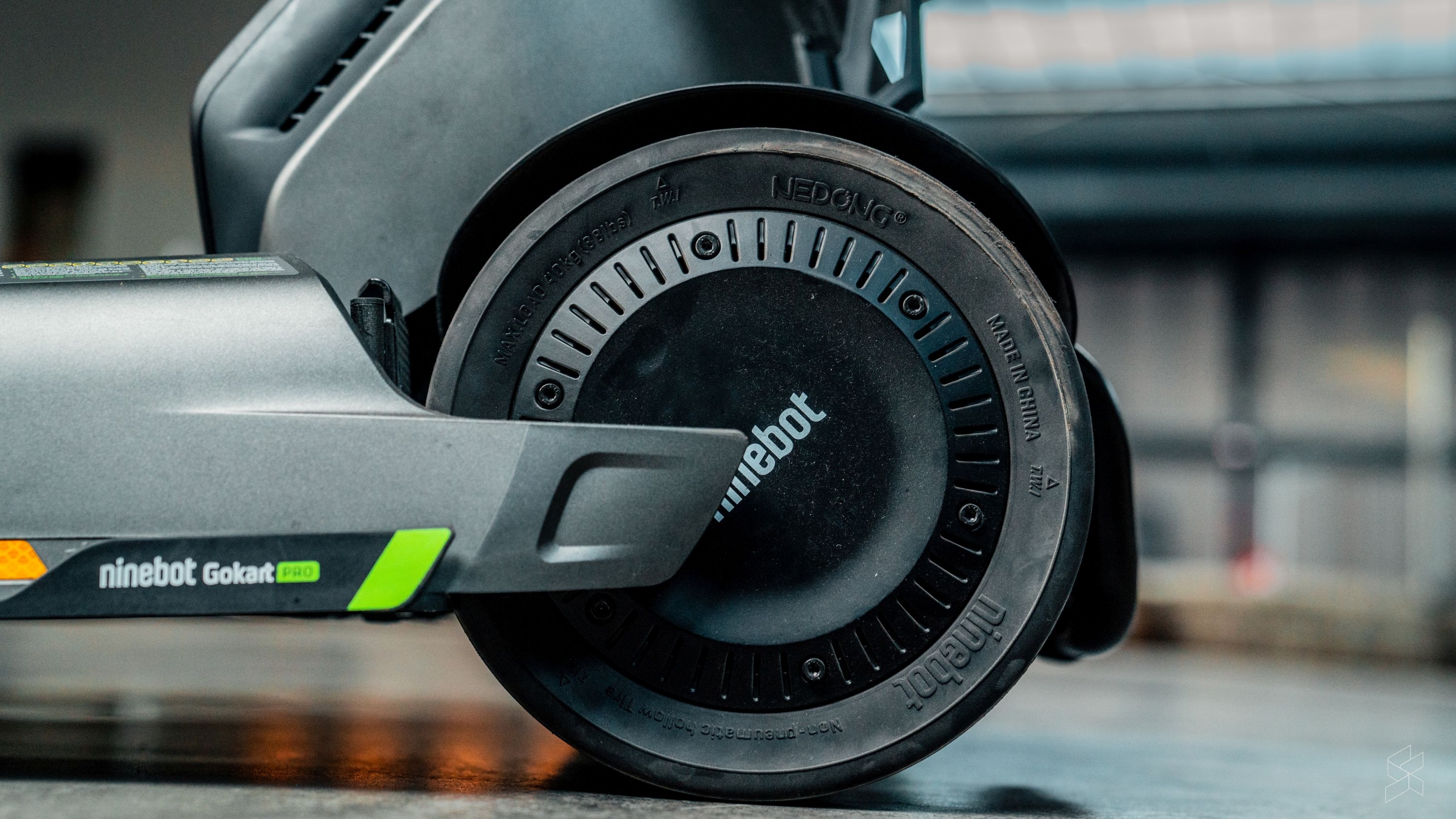
It also weighs about 50kg and can take a payload of about 100kg. Range, on the other hand, is rated at up to 25km on a single charge, but it takes like 4 hours to charge. That meant we realistically only had one full charge to work with. So, to make sure that we would have the best shot at being able to drift this thing, we decided to get a little practice on the actual drift karts.
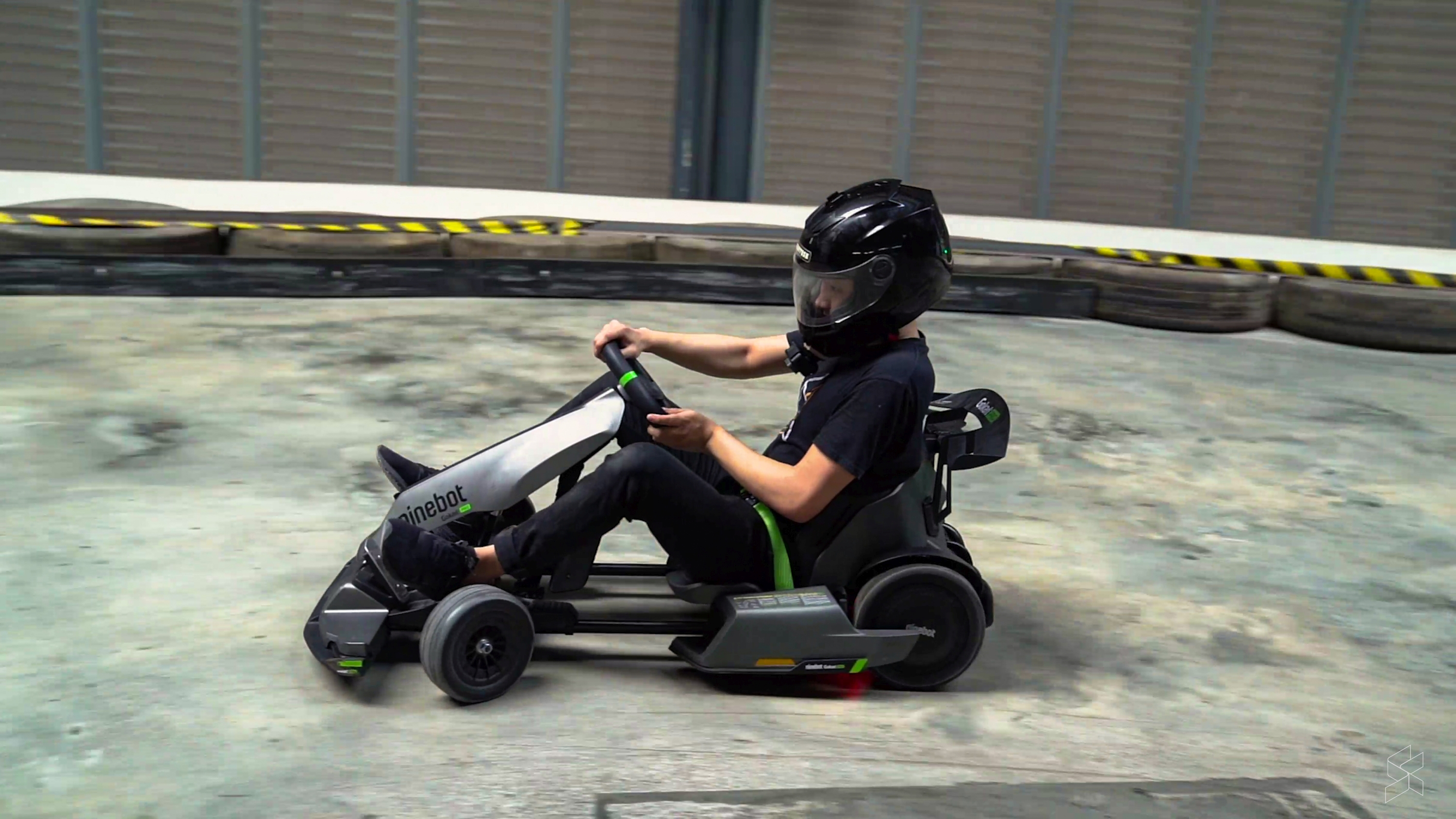
Eventually though, we started to get the hang of it. You really have to abandon all thought using the brake, and focus entirely on working that throttle and the steering wheel. Don’t get me wrong, I never got super good at it or anything like that, but I did improve from crashing at every corner to crashing maybe just once a lap.
Eventually, it was time to get into the Ninebot Gokart Pro. But, going from the petrol kart to the electric kart is a lot scarier than just hopping from being powered by prehistoric animals to being powered by electricity.
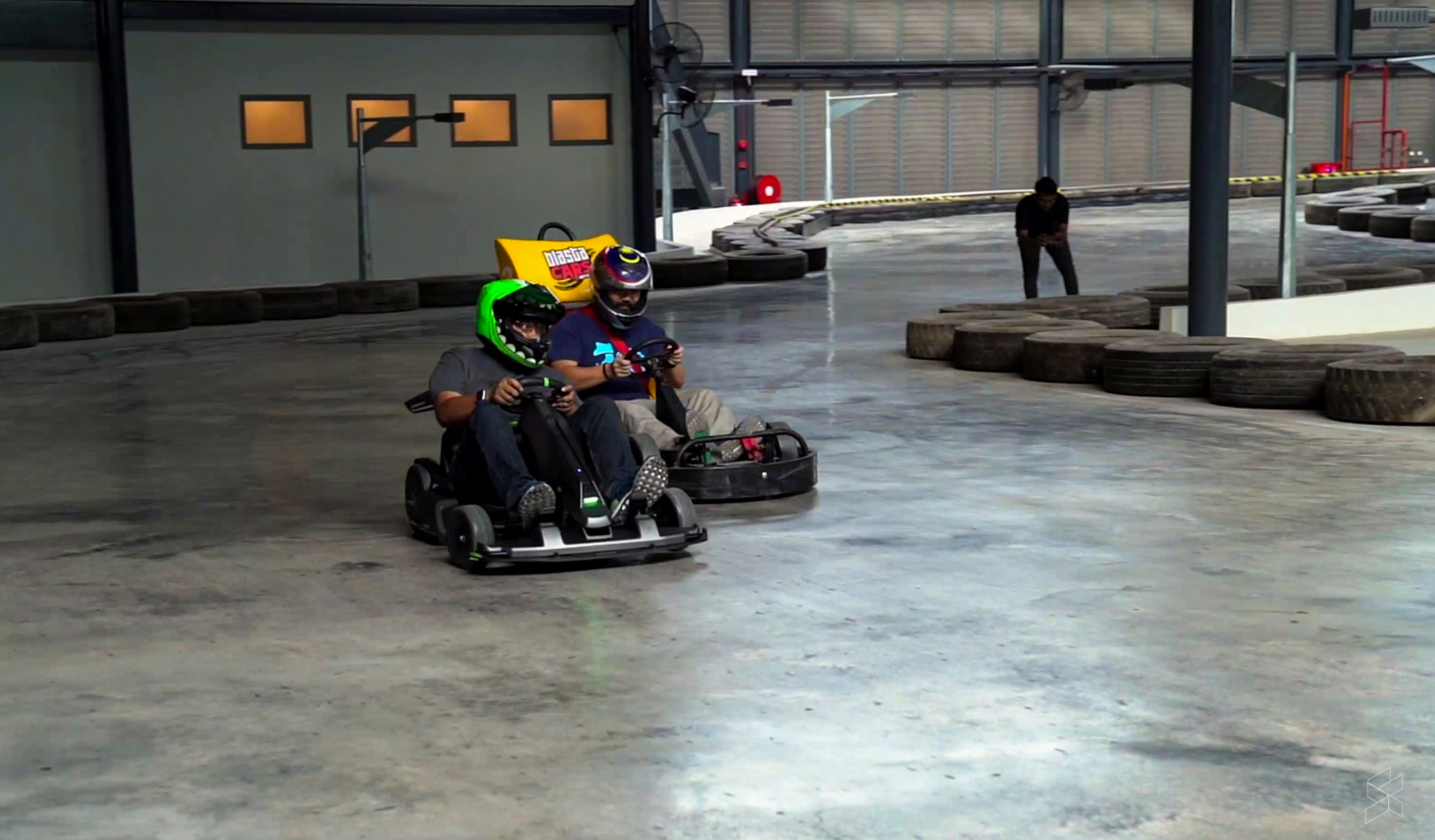
For starters, due to the nature of the motors, these karts respond very differently. The electric kart is also much lighter than the petrol kart. But, the scariest thing of all is the fact that the Gokart Pro doesn’t have any bumpers. That means if we were to crash into the barriers the way we did with the petrol kart, the electric kart will likely not survive.
But, we came here to kick butt and drift electric karts. And we’re all out of butts.
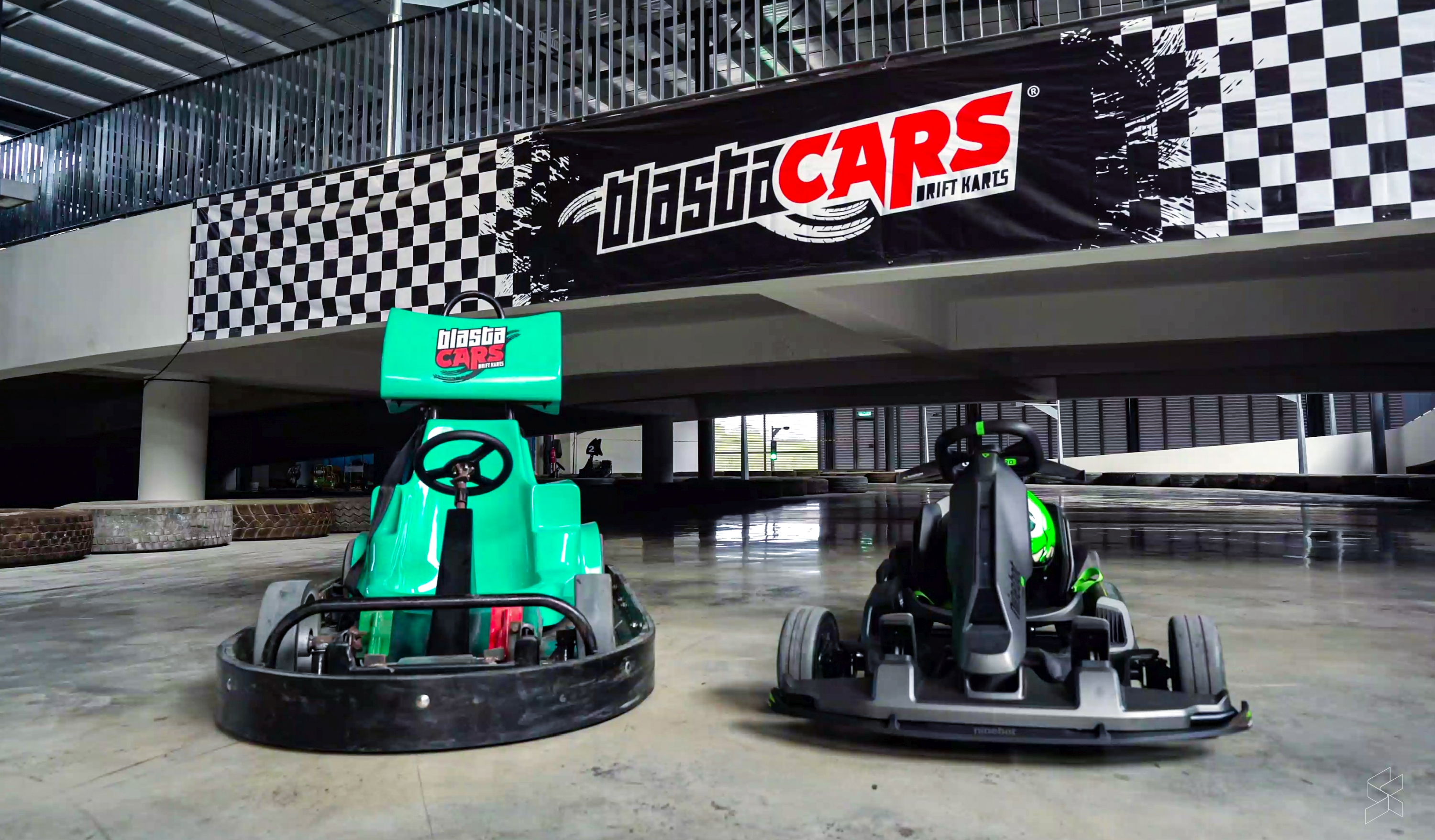
Sure enough, the Ninebot Gokart Pro handles completely differently from the petrol drift karts. The instant torque and lightweight frame lets the Gokart Pro bounce off the line like a grasshopper. The steering input is also way sharper and more direct on the Ninebot so it darts through corners unlike the lumbering petrol kart.
And yes, although the petrol kart has a lot more power than the electric kart, because the petrol kart is powered by a 390cc engine while the Ninebot has an equivalent 150cc engine, the light weight actually allows the Ninebot to tackle the course with little to no issues too.
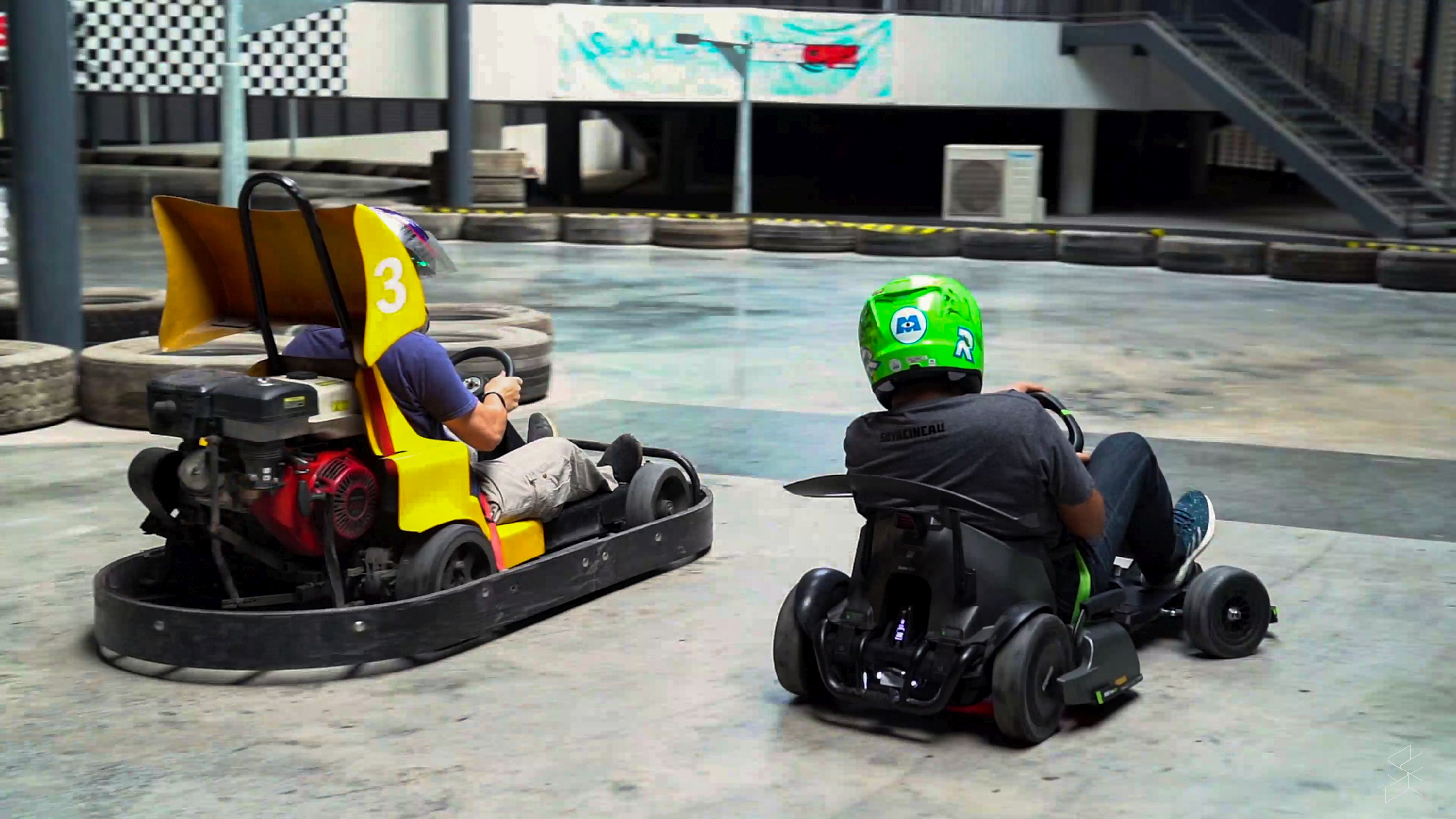
But, the Ninebot doesn’t really “drift”, not in the way that the petrol kart does. Instead, it does more like a powerslide, where you can kick the tail out as you exit a corner. It doesn’t hold a slide the way the petrol kart does. And, you can’t do what the experts call a Scandinavian flick which is crucial when tackling sharp corners sideways.
On top of that, a lot of the weight of the kart is at the rear of the vehicle. The “engine” is at the back, and you also sit at the back. That means, during acceleration you have little to no weight on the front wheels because all the weight is shifted to the back.
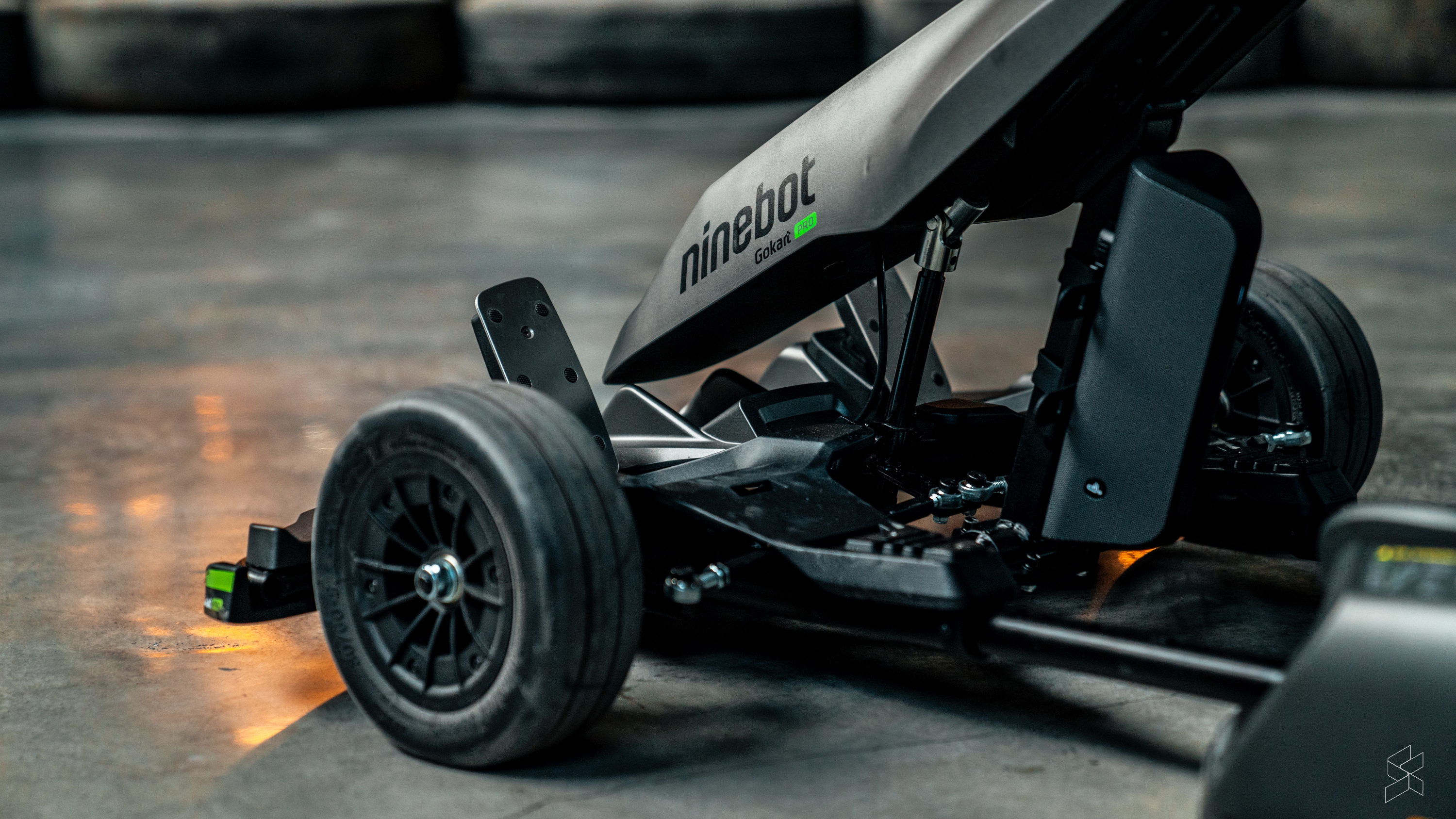
That means you have very little grip in the front wheels, resulting in a lot of understeer, which is not what you want when trying to drift. Even when we handed the wheel over to Master Drifter John himself and turned the drift all the way up to 100%, he was having the same problems.
Just to see how the Ninebot would stack up to the petrol kart, we decided to have a little head-to-head race with Amin in the Ninebot and John in the petrol kart. And surprisingly, the Ninebot was able to keep up well. It was super nimble through corners and had plenty of acceleration even up the hill.
But, I mean, I also think that John was going a little easy on us because I think that if he really went all out, the petrol kart would drift circles around the Ninebot.
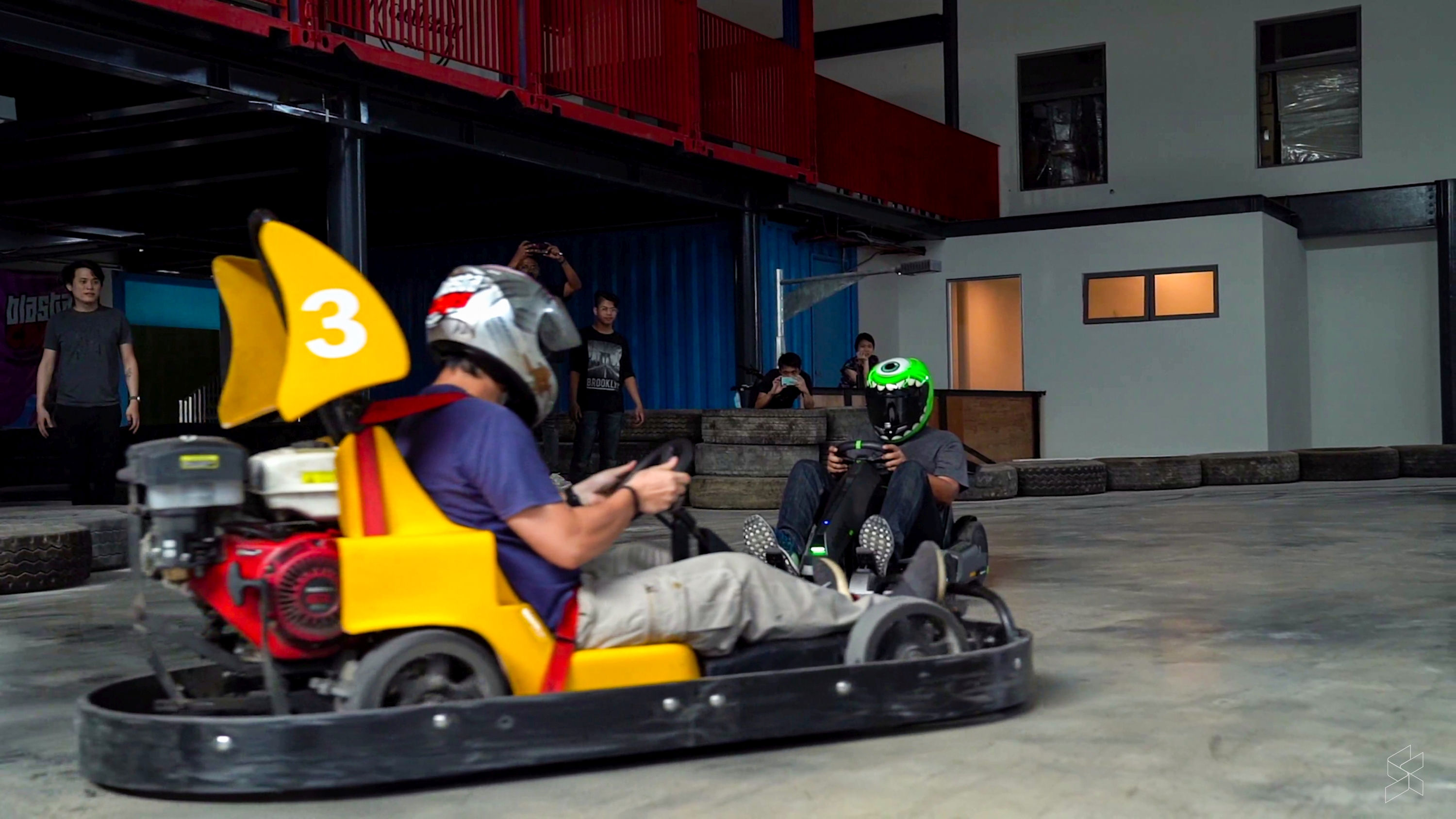
OK, so the Ninebot isn’t really a “drift” kart per se. And it has understeering problems, and it looks really fragile so you’ve gotta be extra careful even around a track like this. But, the biggest problem I had with the Ninebot Gokart Pro was its battery.
Although the Ninebot is rated up to 25km of range, when we were going all out on this track, we were only able to get a little over 10 laps in before the battery gave out. That translates to about 10-15 minutes of use time which would be OK if not for the fact that it will then take you over four hours to fully recharge the kart. There also isn’t a removable battery so you can’t just swap the old one out for a fresh battery.
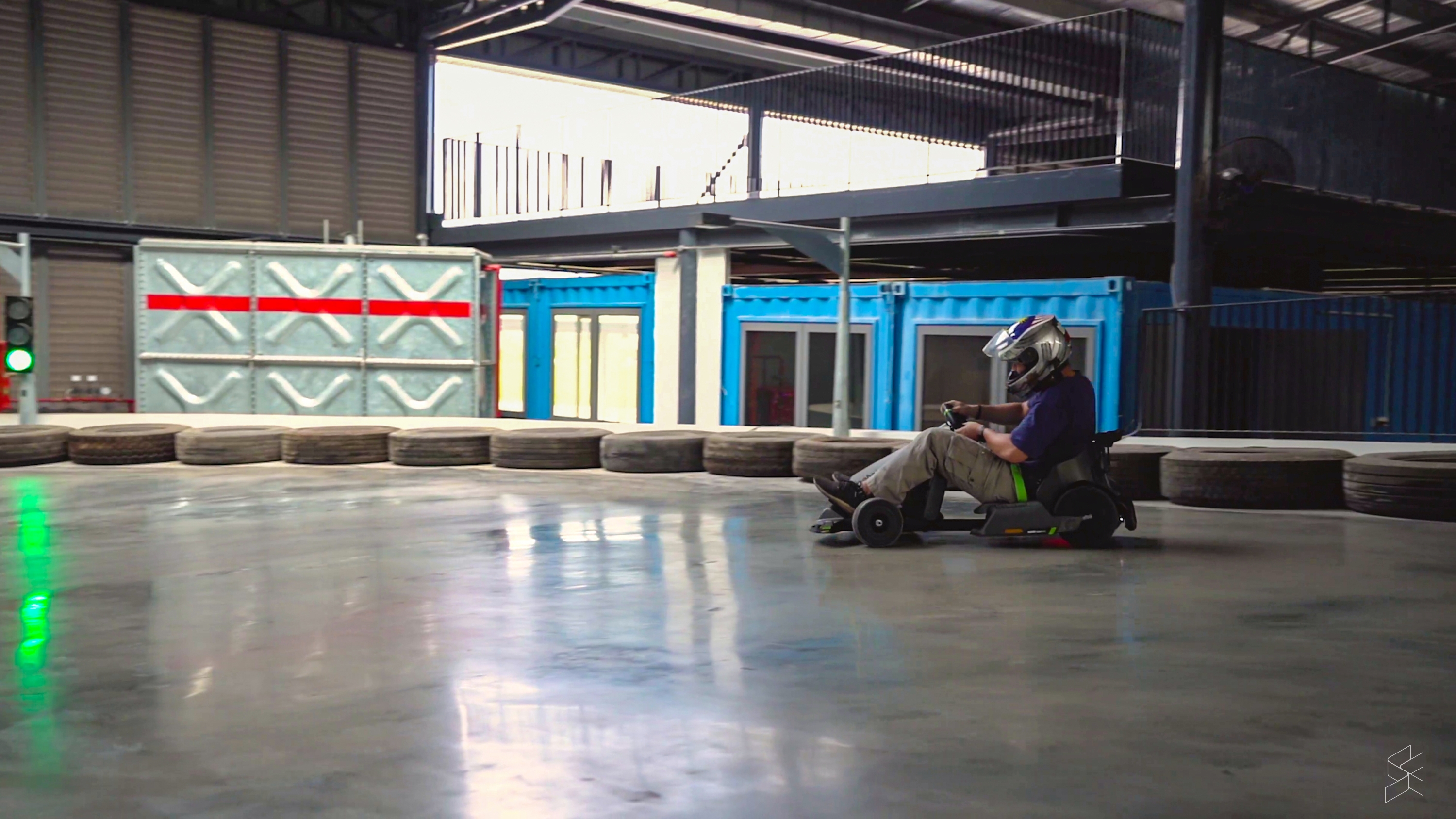
Then, there’s also the fact that while you get full access to the Ninebot’s performance when the battery is full, the performance steadily drops off as the charge gets lower. By our final few laps, the Ninebot Gokart Pro was struggling to even get up the hill, let alone maintain any kind of slide around the track.
Once again, the biggest problem with battery powered electric vehicles is the battery. And that’s a shame because there’s a lot to like about the electric motor, especially that incredible torque.
But, with battery technology where it is right now, this short run time and long recharge duration is something we can’t really run away from. And no matter how fast charging gets, I doubt it will ever be as fast as topping up a fuel tank.
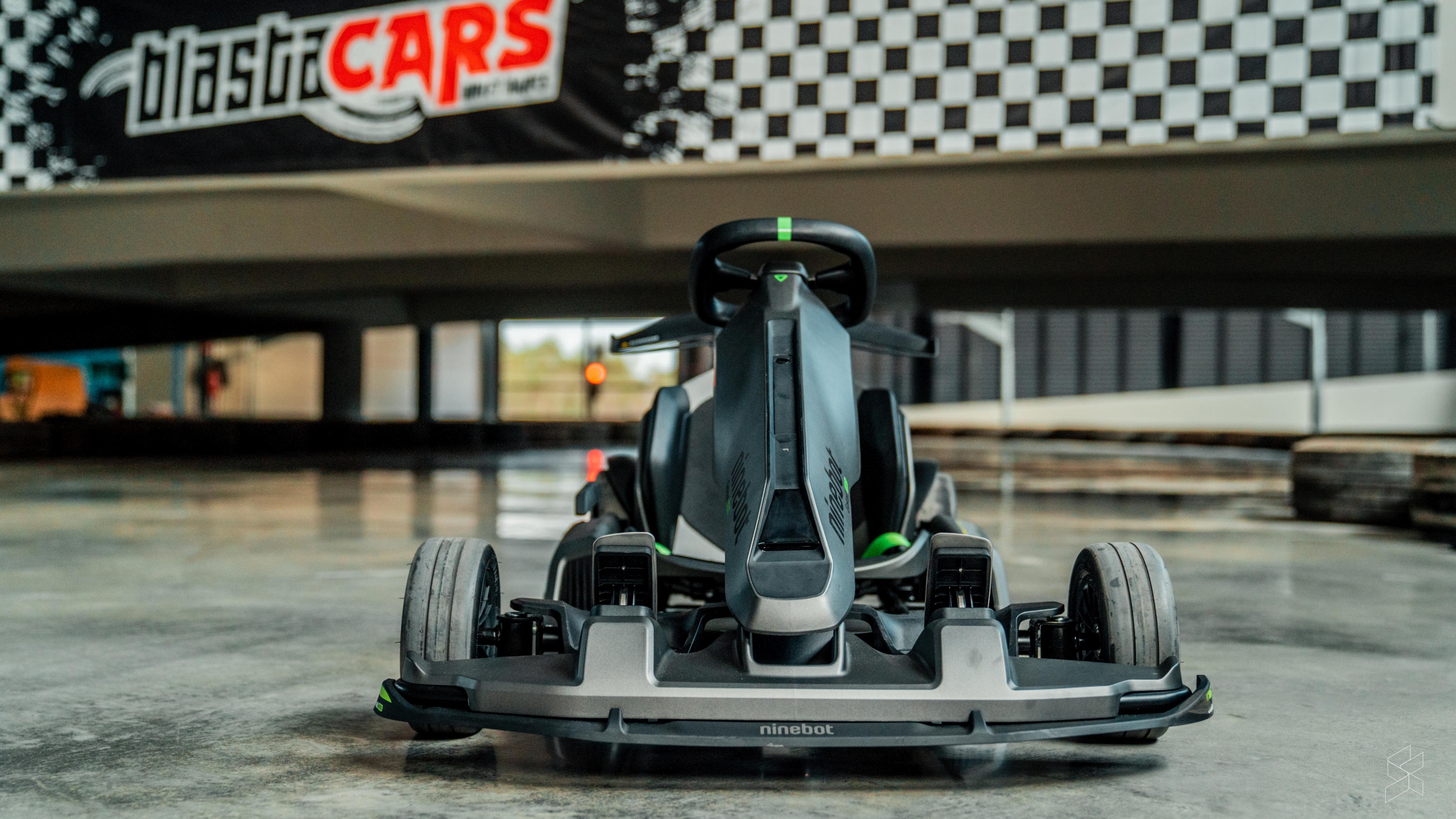
So, now that we’ve had all that fun, it’s time to answer the RM6,688 question: should you buy this? Well, to answer that, let’s look at three things. Is it fun? Is it easy to maintain? And is it practical?
I think we all agree here that after spending a day at the track, the Ninebot Gokart Pro is definitely fun. The acceleration is addictive, and being able to kick the tail out when you exit corners is definitely a lot of fun.
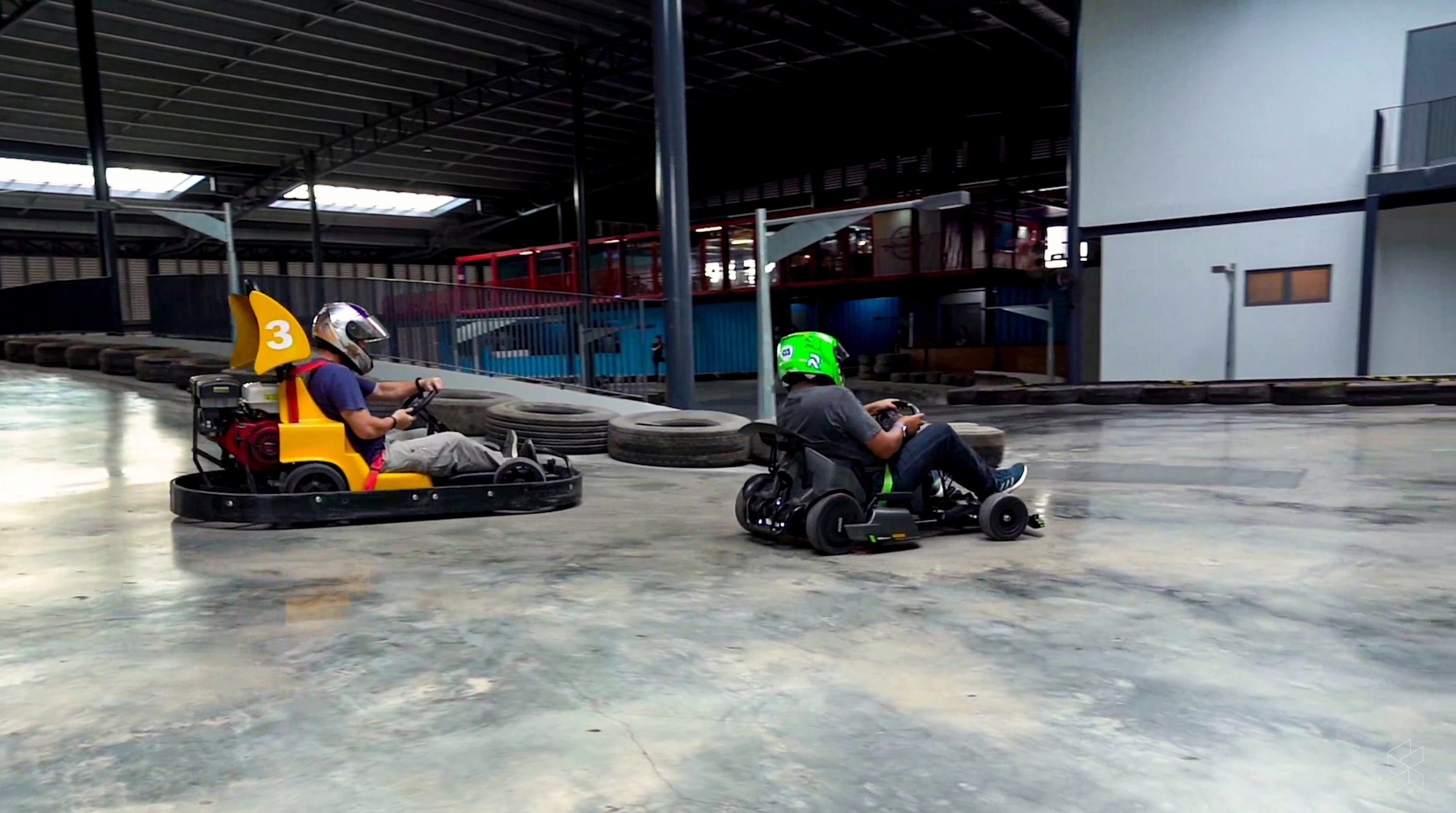
You can also tune the handling for the Gokart Pro in the app to have it more biased towards oversteer or understeer. Plus, I think it also looks pretty cool, like a cute little sports car and there’s even Lamborghini edition.
Regarding maintenance, we got this Gokart from local retailer Scooterz. They also have an in-house service centre for after sales repair and maintenance so there shouldn’t be much of a problem there beyond cost.
Finally, is it practical? Well, I’ll say this, there’s certainly a case to be made that the Ninebot hoverboard that powers the Gokart is practical. It’s one of those last-mile vehicles that is much smaller than a scooter and far more maneuverable. But the whole Gokart Pro itself, well I think that’s ultimately just a toy. And at RM6,688, it’s quite an expensive toy with a fairly limited use case.
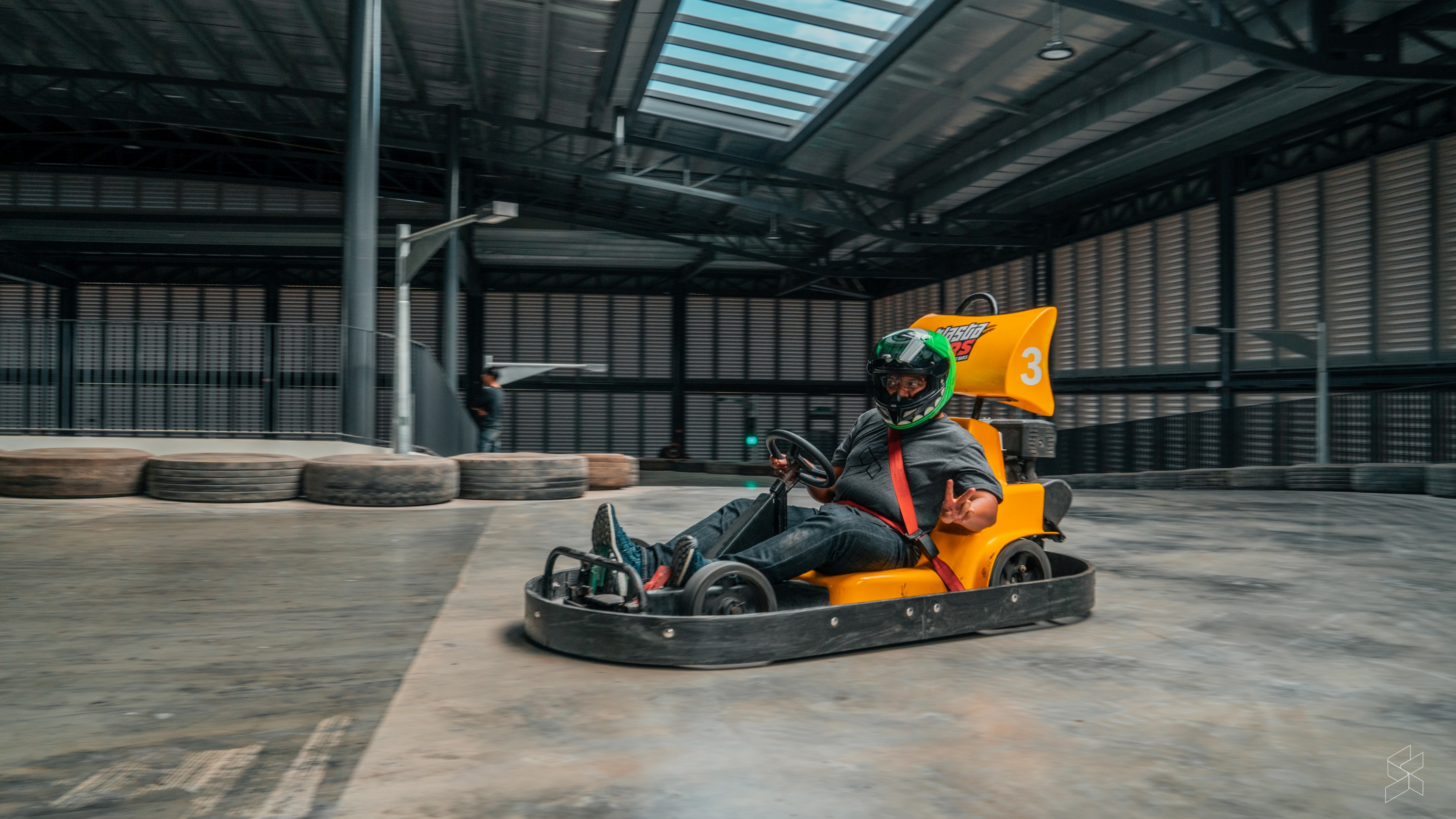
For that money, I think I’d rather buy just the hoverboard, you know something like a Ninebot S or mini Pro, and then spend the balance on petrol drift kart sessions at Blastacars.
Because those petrol powered drift karts? They’re just so much fun to thrash worry free around an epic track.
Photography by Zachary Yoong with the Sony A7 III.

